Spinach Pests and Diseases: [Detection, Causes and Solutions]

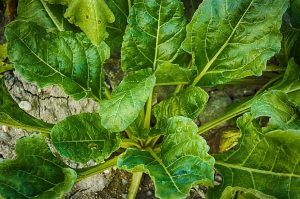 Spinach is among the preferred crops that can be grown to prosper a garden because they have a short cycle and require little care .
Spinach is among the preferred crops that can be grown to prosper a garden because they have a short cycle and require little care .
In addition to the above, it has the ability to thrive at any time of the year, making it easy for us to always enjoy its benefits.
The problem is that the very base of the crop is leaves, which becomes a desirable destination for all kinds of pests and diseases.Knowing in advance all the elements involved in this process will help to enjoy harvests in perfect conditions.
beetles
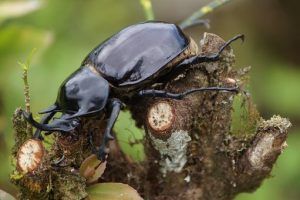 The beetles most likely to affect spinach crops are known as flea beetles.
The beetles most likely to affect spinach crops are known as flea beetles.
These make bites on the leaves, maintaining a clear preference for those that are just being born.
The pitting is evidenced in a numerous way in the structure of the leaf, also causing white spots to be generated on it.
The biggest problem is that beetles are not like the ones we commonly see in the garden, but rather have microscopic dimensions that make them impossible to see with the naked eye.
In small quantities, their damage is not considerable, beyond the aesthetic, but when they are numerous pests, the effect is devastating.Attacking the beetles is possible if insecticides such as pyrethrum are used or other gardening resources such as reflective mulch are used.
nematodes
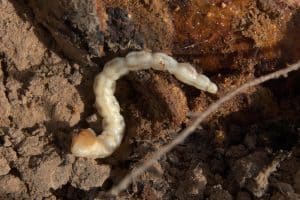 Nematodes are among the most damaging pests that can affect crops and come from a parasite that settles in the soil.
Nematodes are among the most damaging pests that can affect crops and come from a parasite that settles in the soil.
This directly attacks the roots, causing the formation of bumps that affect its structure and, therefore, its operation.
There are different types depending on the species. However, the one that is most harmful in the case of spinach belongs to the genus known as heterodera.
When nematodes attack, plants are likely to lose their ability to grow normally, becoming stunted or malformed .Attacking nematodes is a very complex task and, although many methods have been tried, solarization seems to be the only feasible way .
This consists of covering the base of the crop with a plastic that helps increase the temperature of the ground due to the action of the sun, causing the death of parasites.When in doubt as to whether they are present or not, it is best to work with crop rotation.
Mildew
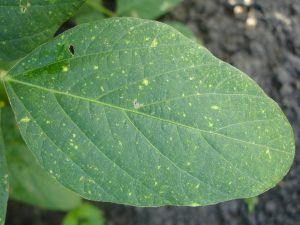 With the name of mildew it is known to a disease that is generated by the action of a fungus.
With the name of mildew it is known to a disease that is generated by the action of a fungus.
This tends to attack a wide variety of crops, but in the case of spinach its effects are disastrous because it causes the entire harvest to be lost .
The reason is because the damage is done directly on the leaves, creating spots that vary between yellow and light green.
In addition, the mycelium of the fungus settles as a kind of white powder on the surface of the leaves that are closest to the stem.It has no cure and, if it exists, the only solution is to eliminate the crop , there are some cultivation strategies that will reduce the chances of it attacking.
Among them we find:
- Maintain sufficient space between plant and plant to ensure good ventilation.
- Prevent the leaves from suffering from excessive humidity, directing the irrigation to the base of the plants.
- Carry out crop rotations with species that are resistant to the disease, so that the life of the fungus ends. An example is the carrot.
- Efficiently apply the corresponding fertilizations so that the crops are well nourished.
miners
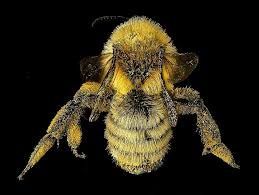 The miners cause damage to the leaves of the plants when they are in the larval stage, since they feed on the inner part of the leaves .
The miners cause damage to the leaves of the plants when they are in the larval stage, since they feed on the inner part of the leaves .
This feeding produces a kind of tunnels that are evident on the outside of the leaves as yellow spots .
The biggest problem is that life develops inside the leaves, which means that they become immune to attack with any type of product.
However, the problem can be solved if it is detected in time, because just by cutting the first infected leaves and burning them , it could be prevented from continuing to reproduce.
beet fly
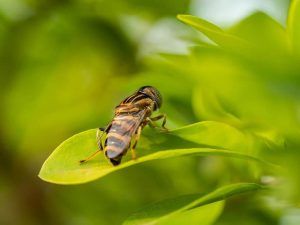 Although it is known by that name for having a predilection for this type of crop, spinach is its second favorite crop and produces considerable damage.
Although it is known by that name for having a predilection for this type of crop, spinach is its second favorite crop and produces considerable damage.
The attack is produced mainly by the action of the larvae, which penetrate inside the leaves through openings they make on the surface.
These consume the interior of the leaves, creating galleries that become more and more extensive and that can come together.When the latter occurs, a series of spots are generated on the structure that turn grayish and damage the texture of the leaves, making them soft.
The detail is that this procedure can be repeated in abundance, causing a good part of the leaves to be damaged and the harvest to be lost.
One way to recognize that it exists within crops is to check the characteristics of the adult, which is quite colorful.
To a gray head where a stripe that appears on the front of red stands out, the legs are added in a bright yellow and pink eyes.To treat the problem , insecticide products aimed at larvae are the most convenient, as long as they are used in the first phases of the attack.
In the case of adults, eliminating them should also be a priority since they are the ones who lay the eggs.Contact products designed for this purpose are the most recommended, only they should be used with caution.
Of the rest, it will only remain to enjoy one of the most nutritious green leaves that exist in the world.It should be noted that they are an ideal companion for almost any dish because they can be eaten raw or cooked.

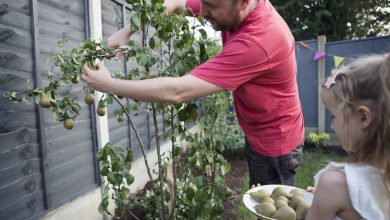

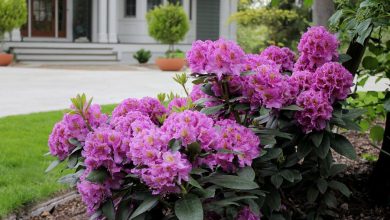
![Photo of Sprinkler Irrigation: [Advantages, Disadvantages, Forms and Operation]](https://www.complete-gardening.com/wp-content/uploads/2022/08/sprinkler-irrigation-advantages-disadvantages-forms-and-operation-390x220.jpg)